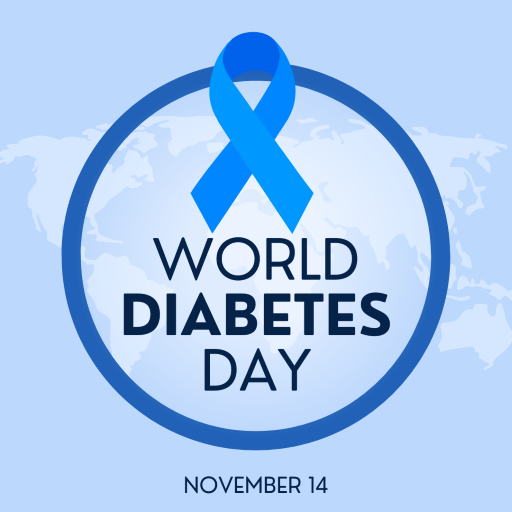Diabetes is a chronic health condition that impacts how the body turns food into energy. More than 37 million people in the United States have Type 2 diabetes, the most common form of the metabolic disorder, according to the Centers for Disease Control and Prevention. An additional 96 million adults have prediabetes and most of them are unaware they are developing a serious chronic disease.
“Diabetes develops when the body’s response to insulin is impaired, or when there isn’t enough insulin, a hormone produced by the pancreas that regulates blood sugar levels. When this happens, too much sugar stays in the bloodstream. This can lead to serious health problems, including heart disease, stroke, vision loss, and kidney disease,” said Ruchi Mathur, MD, director of the Diabetes Outpatient Treatment and Education Center and a professor in the Department of Medicine at Cedars-Sinai.
Two less common forms of the disease are Type 1 diabetes, an autoimmune disorder that causes the body to attack its own insulin-producing cells, and gestational diabetes, which can develop during pregnancy.
The American Diabetes Association is now recommending that all adults with risk factors be screened with a test for prediabetes and Type 2 diabetes starting at age 35, instead of age 45.
“It is more important than ever, as disease rates are on the rise, that people get screened. Those who are overweight, in their 40s, or are from ethnic or racial groups we know are at a high risk should be getting screened for high blood sugar during their annual exam with their doctor,” said Mathur, an endocrinologist.
The most common symptoms of Type 2 diabetes are excessive thirst, hunger, and urination. Fatigue, blurred vision or tingling or numbness in the feet and hands can also be cause for concern.
According to the Centers for Disease Control and Prevention, these are key risk factors for developing Type 2 diabetes:
- Having prediabetes.
- Being overweight or having obesity.
- Being over the age of 45.
- Being physically active less than 3 times a week.
- Having a parent or sibling with Type 2 diabetes.
- Being Black, Latino, American Indian, or Alaska Native. Some Pacific Islanders and Asian American people are also at higher risk.
Endocrinologist Mark O. Goodarzi, MD, PhD, director of Endocrinology and the Endocrine Genetics Laboratory at Cedars-Sinai, studies risk factors for diabetes. His research has revealed a link between chronic pancreatitis and an elevated risk for developing a rare form of diabetes, Type 3c. The mode of childbirth may also increase the chances of developing the chronic illness.
“Adults reporting birth by cesarean section versus those born vaginally, had a 58% increased risk of having prediabetes or diabetes. That group also reported a higher body mass index (BMI), elevated fasting blood sugar levels and decreased insulin sensitivity,” said Goodarzi, also the Eris M. Field Chair in Diabetes Research.
Improved medications that lower blood sugar and support weight loss, as well as advances in technology that help patients track their glucose levels, are improving health outcomes and the standard of care physicians can offer.
“The advances in diabetes technology have created a unique opportunity to improve patient care. Continuous glucose sensors now allow remote patient monitoring and give us the potential to adjust insulin doses just by downloading patient’s device. In real time, we are able to tell the patient, ‘ I see your sugar is high this week; we need to adjust your dose,’” said Roma Gianchandani, MD, medical director of Diabetes Quality and vice chair of Quality and Innovation at Cedars-Sinai.
While a cure for Type 2 diabetes has yet to be found, Mathur says there is a lot for these patients to be encouraged about.
“Using a personalized, team approach to care that can involve nutritional counseling, education in disease management, as well as the new medications and glucose monitors, can produce great outcomes for people,” said Mathur.
“It is certainly possible to control and conquer the hold Type 2 diabetes may have on your life. And that is really empowering. It is something I try and emphasize with my patients,” said Mathur.
Story Credit: Newswise/MIT Sloan School of Management
Image: Canva



































